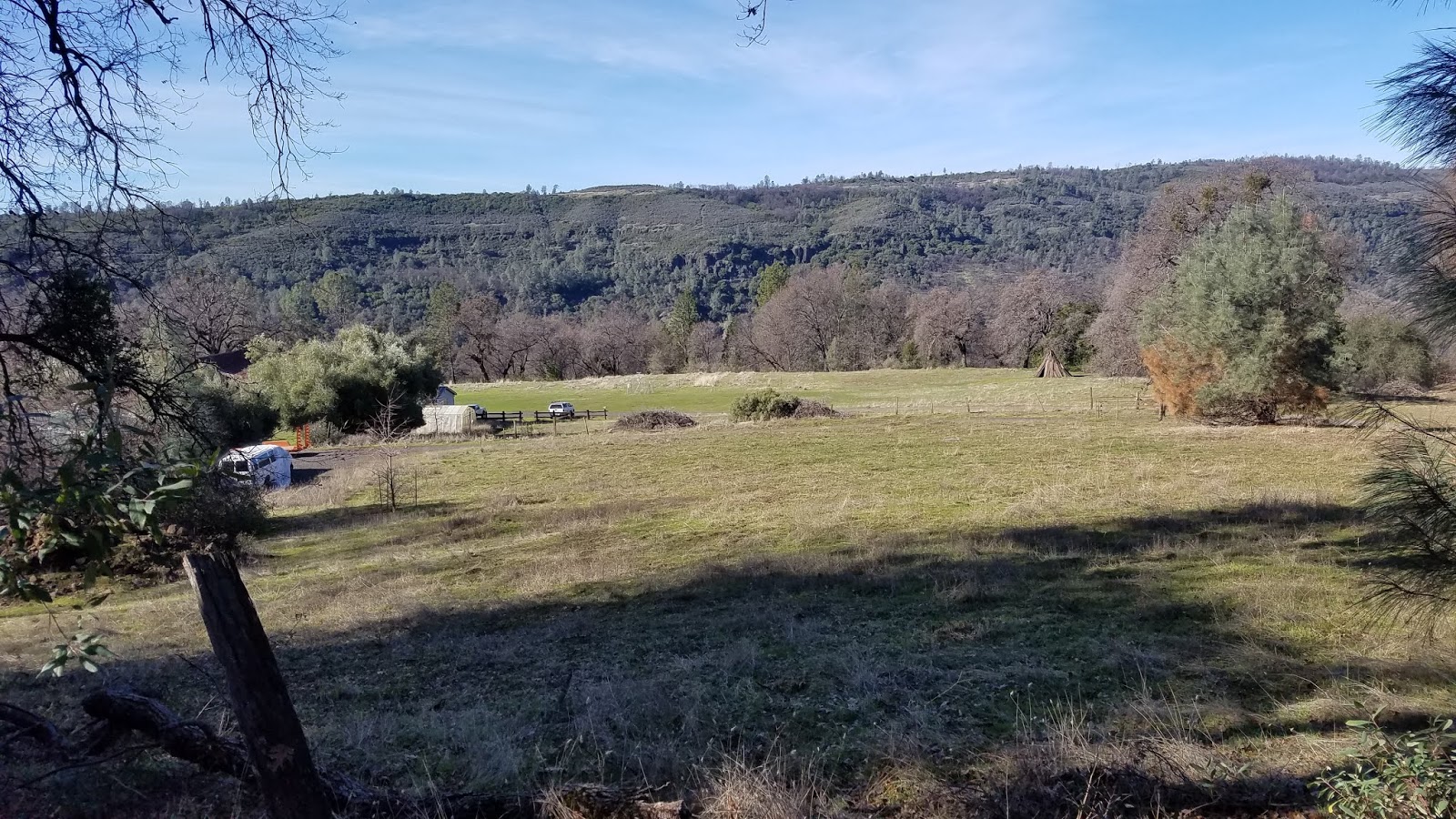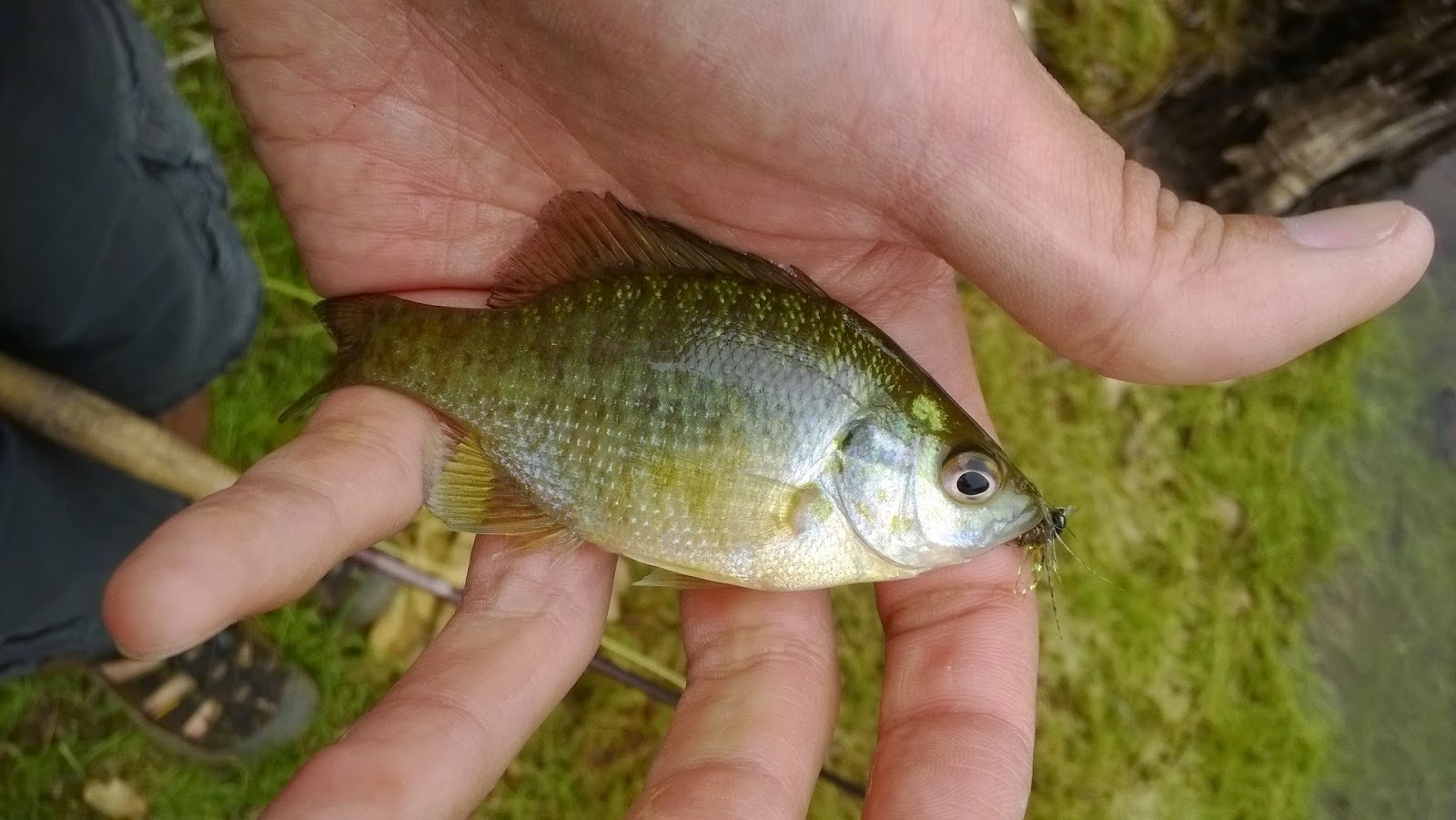Big Chico Creek a tributary of the Sacramento River that shares a common trait with many of the Sac’s other tributaries in that it is open to fishing throughout the winter. The lower portion of the creek is open until February 15th and the upper portion above Bear Hole is open until April 15th. Big Chico Creek serves as an endangered spring chinook and central valley steelhead spawning ground making it an important watershed for salmonids.
Despite living in Chico for nearly five years I never took the time to try and fish the creek during the winter. With limited options due to high and muddy flows I decided to kill my curiosity and spent the day fishing Big Chico Creek.
 |
| Big Chico Creek Canyon |
Big Chico Creek is the sister creek of Butte Creek. Both creeks can be found within a few miles of each other and carve through a tall canyon. One defining aspect that differs between the two is accessibility. Butte Creek sits in a small valley within the Butte Creek Canyon and has roads that follow it all quite a way upstream. Big Chico Creek on the other hand is relatively flat until you hit Bear Hole where the creek begins to become enclosed by huge basalt rocks and tall plateaus. Trying to access Big Chico Creek above Bear Hole is literally scrambling down the steep Iron Canyon until you hit the water.
The creek was flowing at 500CFS in Chico which was far from ideal however it was clear and had a beautiful steelhead green tint to it. I started my day fishing Five Mile covering as much water as I could both nymphing and swinging.
Summers fishing Five Mile can be epic fun with the smallmouth bass so fish are bound to be somewhere in this section.
I was hoping the lower section of Big Chico Creek would fish similar to Butte Creek in that there would be a few trout holding in the fishier water but I couldn’t find any. Knowing this terrible truth made me the jump the gun in exploring a new section that I had been wanting to check out, the Big Chico Creek Ecological Reserve at 14 Mile House Road.
 |
| Ecological Reserve Headquarters |
14 Mile House Road is the furthest public access point to Big Chico Creek’s middle watershed. Similar to 10 Mile House/Green Gate the only way to get to the creek is to descend down about 1000ft into the canyon. It’s a short hike going down but a bit of an ass kicker coming back up.
 |
| The Crossing |
After making my way down to the creek I found it flowing a bit higher than I had hoped. Not a whole lot of bank space but just enough to give a try.
The first section I fished had a nice deep pool but I couldn’t find any fish willing to eat.
 |
| Big Chico Creek Rainbow |
I wandered around a bit exploring upstream and downstream with no luck. Too much water was the problem. I finally discovered a nice run that was fishable and hooked my first fish of the day. Nothing big but I wasn’t expecting any thing sizeable. I hooked a few more fish in the run but couldn’t land any besides my first.
I called it a day and hiked back up the canyon.
I bet this creek fishes amazing in the spring. Not a whole lot of fish but it was a beautiful day.














